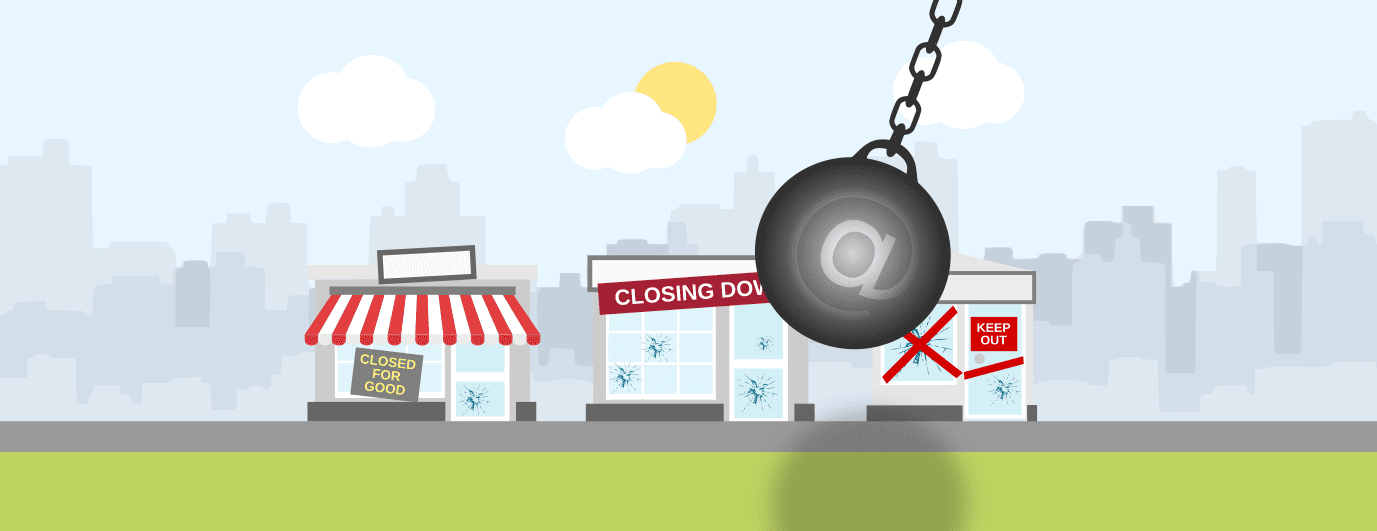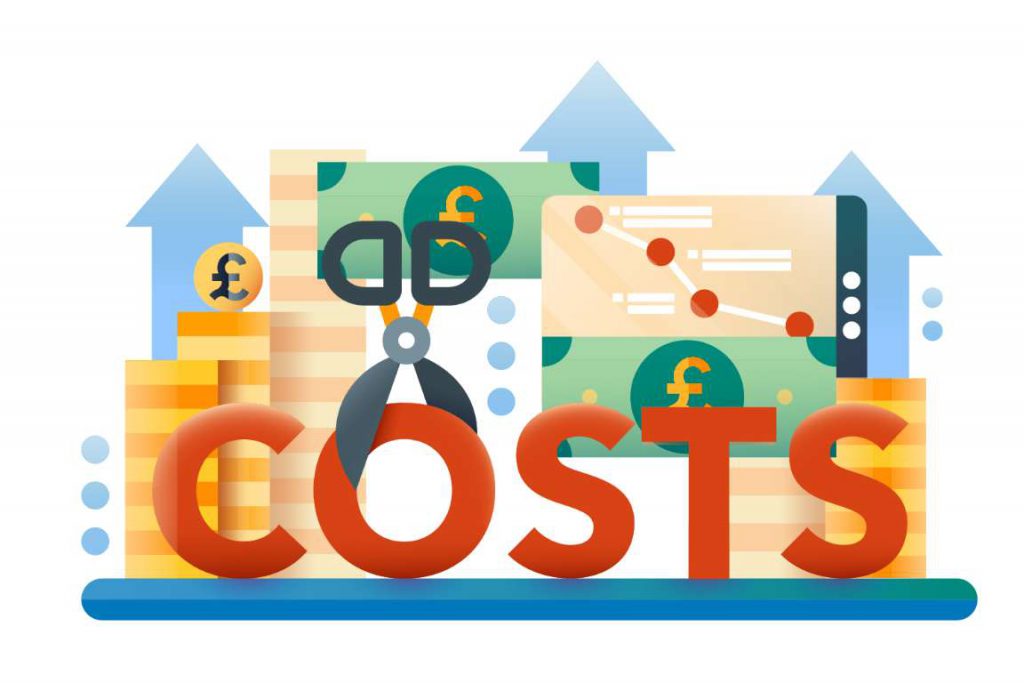Recently I read this blog about how bricks and mortar retail is in decline. There are some persuasive statistics to back up the byline, but personally I can’t help but feel excited about the potential of what is to come in physical retail spaces, if only retailers can get it right.
Digital disruption need not spell the end for bricks and mortar stores. Instead focusing on changing consumer expectation, behavior and needs for a new generation could re-imagine a whole new retail environment, where digital needs to be embraced. ‘Omnichannel ‘ is the buzzword of today, but surely the utopia is where there are no longer perceived ‘channels’ but the physical and digital merge so that all retail touchpoints are one of many on–demand interactions with the brand? The Professor professes to a lack of customer service in traditional stores, and I have to say that as a consumer I do often find this to be true, but why not use digital technology to assist and differentiate, rather than shut them down?

why not use digital technology to assist and differentiate, rather than shut them down?
As Millennials, also known as Digital Natives or Generation Me, enter their prime spending years,it seems clear that they will drive a ‘Customer centric’ approach to products and services. Surprisingly, the physical store continues to be important in their journey to purchase, they just expect more out of the experience. Retailers need to get to know their new friends, who are described amongst other things, as tech-savvy, impatient, demanding and social. By adapting the in-store experience to suit the wants and needs of the new generation, those retailers will make sure that they stand tall above the rest.
The physical store continues to be important in their journey to purchase, they just expect more out of the experience.
On the high street there are stories of retailers succumbing to current pressures, but turn right, and you will see shining examples of those who are evolving and changing the status quo with a new level of technology and services. Online retail certainly has choice, convenience and value for money on its side, but shouldn’t retailers build on the unique value proposition of the high street as part of its offering?
Better in store customer experiences

I stand in awe at the retail giant that is Apple. Their minimalist stores are always packed, and yet upon purchase of one of their items in store, I come away impressed with the service and thought that they have put into the ‘Apple experience’. As I browse and test out the latest devices that are conveniently Wifi connected (I can indeed participate in the worrying trend of ‘showrooming’, or simply check out some online reviews), I can’t help but notice another customer, who has been bought an Apple Watch by her husband as a birthday present. She is not rushed to complete the transaction (by mobile payment, while seated at a bench), but is then offered help in setting up her new purchase.
Surely this goes against the grain of serving more customers in less time? I imagine that she will return home excited and show her newly ‘connected’ watch and experience with her friends – the best type of brand ambassador.
Embrace the physical space

The pure play etailer Missguided has recently opened 2 new stores in the UK. The visual experience in store doesn’t disappoint and is a 3-D extension of their brand persona, brought to life in the physical realm. No longer is a shop just a shop, but an inspiring and entertaining place to be, and you want to go back for more – pop culture language is inherent in all the décor, and talk of unicorns just takes you to a fun place where you might hang out with friends – which they hope you will be. The constant and live stream of fashion inspiration on the immersive digital displays brings the digital and physical world together. It seems like the investment in store design paid off. This online success story now has a place you can visit, why wouldn’t you want to hang out and share on social media?
Get to know them
There are many other examples of brands that are building relationships with us. In an age where we are no longer limited by geographical boundaries, consumers have endless choice and information at the touch of a screen. Retailers really need to be on the ball in nurturing personalized and engaging relationships with their brand.
With a wealth of digital analytics and data available, by implementing the right tools and technology, retailers can get insights into the preferences of their customers and adjust their marketing and promotions accordingly. For example notifying customers of offers that they are likely to be interested in, based on past shopping history. These promotions have to be seamless across physical and digital ‘boundaries’, because the consumer of today expects nothing less.
Understand your customers, not only how they like to shop, but their lifestyles and the communities that they live their lives in.
Convenience is key and retailers need to determine the preferences of their demographic. For example, if their customer base has a large mobile following who engages on social, they need to make sure that they have a slick mobile app with built in social sharing to the right platforms. Understand your customers, not only how they like to shop, but their lifestyles and the communities that they live their lives in.
Right here, right now
Millennials have grown up with smart phones. This hyper connected generation always has their devices on hand – accustomed to getting what they want, when they want. This urgency also applies to expectations for services in store.
This hyper connected generation always has their devices on hand – accustomed to getting what they want, when they want.
Certainly from a personal point of view, I have walked back out of a store, if I see that there is a long wait to talk to someone who can help, or if they are unable to provide me with the level of product or stock information I know that I can find myself online. Of course, I can appreciate that when there is high staff turnover, providing adequate training and personnel could be a significant cost, but why not use technology to enhance the service? Having self-service information points in store, or staff mobile apps with live product, stock, content and upsell information seems to be the way forward to assist and engage customers, on demand.
John Lewis, synonymous with customer service has recently announced continued investment in technology and store upgrades, while at the same time, reducing costs through productivity gains. It’s great to see the investment in mobile apps as part of this vision.
They have a range of mobile apps that bring the online and offline experiences together that focus on both Assistive Retailer Technology (www.campaignlive.co.uk) and Assistive Consumer Technology (Our Apple and Android Apps – John Lewis and John Lewis ‘s smart solution to a common customer problem).

Sephora, a US makeup store, uses technology innovation to help their customers in store. User generated content and digital trend tables (showing best selling and best reviewed products in real time) are just some of the ways in which they have enhanced the instore experience using the power of digital technology.
Read more about how Sephora is thriving amid a retail crisis
There are so many ways that new and emerging technology can be used to enhance the in store experience. If retailers can look to embrace the USP of the physical space, get imaginative with technology to entertain, inspire, engage, and provide a personalized customer service at all brand touch points, they can certainly stand a chance of surviving the challenges currently facing the high street.
To sum it up, I don’t see ‘Bricks and mortar’ as dead, it’s just going to get better.




